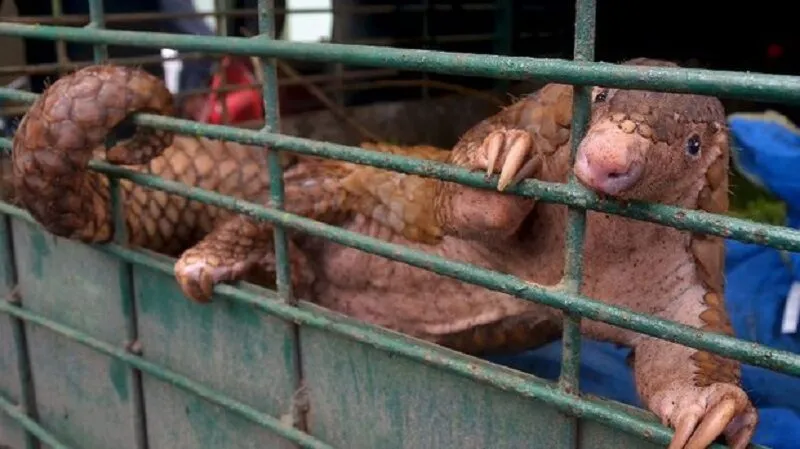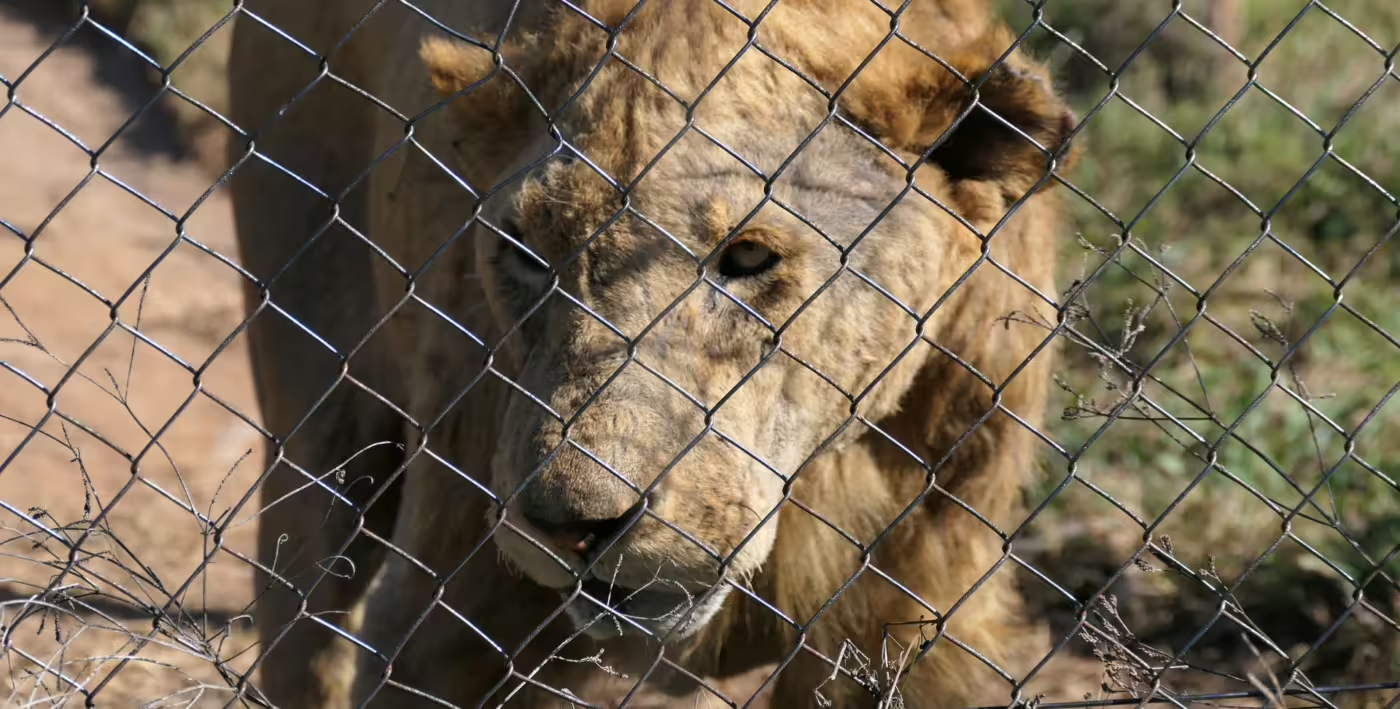Animals considered as commodities face significant threats to their survival and welfare. These animals are often hunted, bred, and sold for various purposes, including food, traditional medicine, fashion, entertainment, and the pet trade. The commodification of animals leads to cruel treatment, endangerment, and even extinction. To address this critical issue, it is essential to implement effective solutions that encompass legal, educational, economic, and technological aspects. This essay explores comprehensive strategies to protect animals from being commodified.
Legal Measures
Strengthening Laws and Regulations: One of the most effective ways to protect animals is through robust legal frameworks. Governments must enact and enforce strict laws that prohibit the exploitation and trade of animals. This includes harsher penalties for poaching, illegal trafficking, and inhumane treatment of animals. For example, the Convention on International Trade in Endangered Species of Wild Fauna and Flora (CITES) regulates international trade in animal species and must be strictly adhered to and expanded.
Establishing Protected Areas: Creating and maintaining protected areas, such as wildlife reserves and national parks, can provide safe habitats for animals. These areas should be strictly monitored to prevent illegal activities such as poaching and logging. Establishing buffer zones around these protected areas can also help mitigate human-animal conflicts.
Enhancing Law Enforcement: Effective enforcement of animal protection laws requires well-trained and adequately equipped wildlife rangers and enforcement officers. Governments should invest in training programs, advanced surveillance technology, and proper remuneration for these officers to ensure they can carry out their duties effectively.
Educational Initiatives, Protect Animals
Raising Awareness: Educating the public about the importance of animal welfare and the consequences of commodifying animals is crucial. Awareness campaigns can be conducted through various media platforms, community programs, and educational institutions. Highlighting the intrinsic value of animals and their role in ecosystems can foster a sense of responsibility and empathy among people.
Incorporating Animal Welfare into Curriculum: Schools and universities should incorporate animal welfare and conservation topics into their curricula. Educating young minds about the ethical treatment of animals and the importance of biodiversity can cultivate a generation that values and protects wildlife.
Engaging Local Communities: Local communities living near wildlife habitats often play a significant role in conservation efforts. Engaging these communities through educational programs, community-based conservation projects, and involving them in decision-making processes can enhance their commitment to protecting animals.
Economic Strategies
Promoting Sustainable Livelihoods: Providing alternative and sustainable livelihoods to communities that rely on hunting or trading animals can reduce the pressure on wildlife. Initiatives such as eco-tourism, sustainable agriculture, and handicrafts can offer economic incentives while conserving animal populations.
Supporting Ethical Businesses: Encouraging and supporting businesses that prioritize animal welfare and sustainable practices can make a significant impact. Certification programs, such as Fair Trade and Rainforest Alliance, can help consumers identify and support ethical products. Additionally, governments can provide subsidies and tax incentives to businesses that adopt animal-friendly practices.
Implementing Market Regulations: Governments and international organizations should regulate markets to ensure that animal products are sourced sustainably and ethically. This includes strict certification processes, regular inspections, and penalties for non-compliance. Banning the sale of products derived from endangered species is also a crucial step.
Technological Solutions Protect Animals
Developing Alternatives: Advances in technology can provide alternatives to animal products. For example, the development of lab-grown meat and synthetic materials for fashion can reduce the demand for animal-derived products. Investing in research and development of these alternatives can pave the way for a more sustainable future.
Using Technology for Monitoring: Technology can be a powerful tool in monitoring and protecting wildlife. Drones, satellite imagery, and GPS tracking can help monitor animal populations, detect illegal activities, and manage protected areas more efficiently. Utilizing artificial intelligence for data analysis can also enhance conservation efforts by providing insights into animal behavior and habitat usage.
Creating Digital Campaigns: Digital platforms can be used to raise awareness and mobilize support for animal protection. Social media campaigns, online petitions, and crowdfunding can reach a global audience, driving collective action and influencing policy changes.
Global Cooperation
International Agreements: Global cooperation is essential to address the issue of animal commodification effectively. International agreements and treaties, such as CITES, should be strengthened and expanded to cover more species and ensure compliance across borders. Collaborative efforts between countries can help combat wildlife trafficking and share best practices for conservation.
Cross-Border Conservation Programs: Many animal species migrate across borders, making cross-border conservation programs crucial. Countries should collaborate on creating transboundary protected areas and joint initiatives to protect migratory routes and habitats.
Funding and Resource Sharing: Wealthier nations and international organizations should provide financial and technical support to countries with rich biodiversity but limited resources. This can help implement and sustain conservation programs and build local capacities for animal protection.
Individual Actions
Responsible Consumption: Consumers play a vital role in protecting animals by making informed and ethical choices. Avoiding products made from endangered species, supporting ethical brands, and reducing meat consumption can collectively reduce the demand for animal commodities.
Advocacy and Activism: Individuals can engage in advocacy and activism to promote animal protection. This can include participating in protests, supporting animal rights organizations, and lobbying for stronger animal welfare laws. Public pressure can drive significant changes in policies and practices.
Volunteering and Donations: Volunteering time and skills to conservation projects or animal shelters can make a direct impact. Additionally, donating to organizations working on animal protection can provide the necessary resources for their efforts.
Conclusion
Protecting animals considered as commodities requires a multifaceted approach that includes legal measures, educational initiatives, economic strategies, technological solutions, global cooperation, and individual actions. By addressing the root causes of animal commodification and implementing comprehensive solutions, we can create a world where animals are valued for their intrinsic worth and essential role in the ecosystem, rather than being exploited for profit. Each stakeholder, from governments and organizations to individuals, has a critical role to play in this endeavor. Together, we can ensure a sustainable and compassionate future for all living beings.




